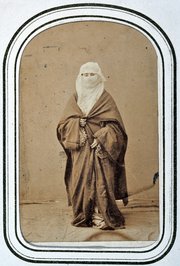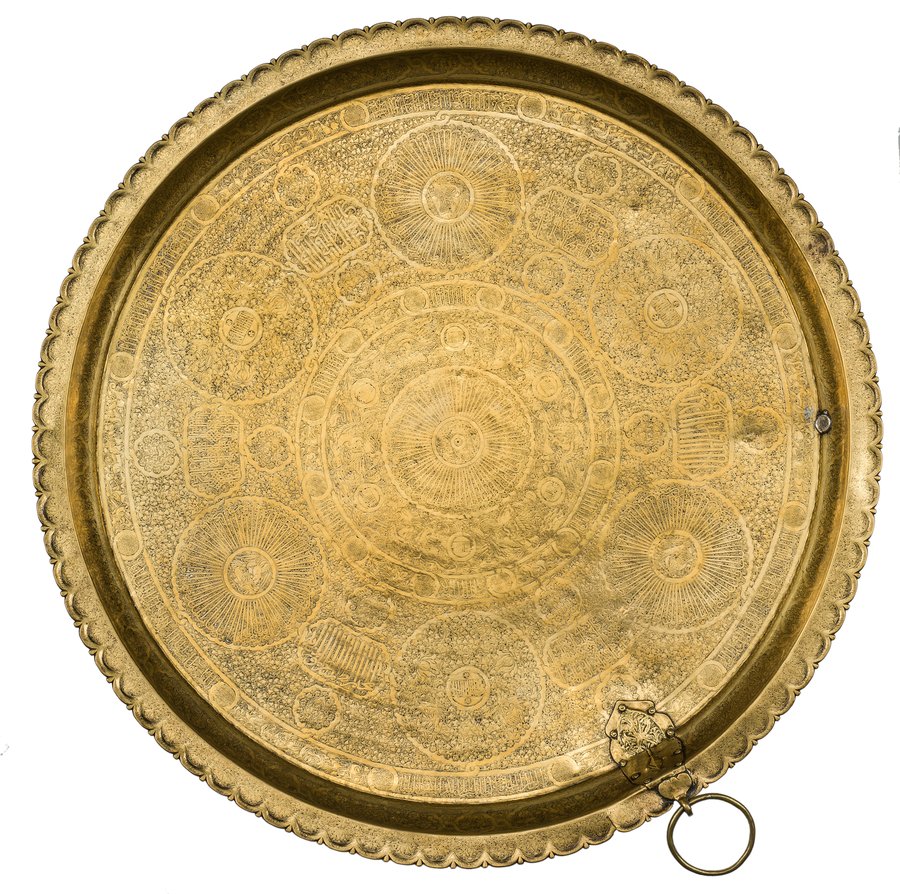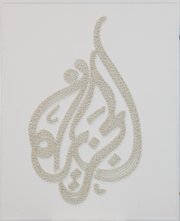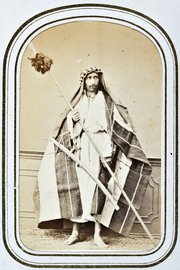
Tray
Museum of Islamic Art
- Title:
- Tray
- Patron:
- Sultan al-Nasir Muhammad bin Qala'un
- Ruler:
- Sultan al-Nasir Muhammad bin Qala'un
- Production place:
- Egypt
- Date:
- 1310 - 1340
- Period:
- Mamluk
- Title:
- Tray
- Patron:
- Sultan al-Nasir Muhammad bin Qala'un
- Ruler:
- Sultan al-Nasir Muhammad bin Qala'un
- Production place:
- Egypt
- Date:
- 1310 - 1340
- Period:
- Mamluk
- Material:
- Brass, Gold, Silver, Black compound, Solder
- Technique:
- Hammering, Engraving, Gilding, Inlaying, Repoussé, Riveting, Soldering
- Dimensions:
- 11.5
- Diameter:
- 110
This impressively large brass tray was made for al-Nasir Muhammad (683-742 AH/1285-1341 CE) the longest reigning Mamluk sultan (692-3, 698-709, 710-741 AH/1293-93, 1299-1309, 1310-41 CE). The tray is decorated with seven large round medallions interspersed by roundels filled with lotus flowers and exotic blossoms, which encircle a spectacular frieze of pacing phoenix and a central radial inscription. The phoenix, a fabulous mythical bird (also known as the simurgh) along with the dragon, represented an imperial motif that originated in China and spread westward with the Mongol invasions at the beginning of the 7th century AH/13th century CE. Known as 'chinoiserie' decorations, these motifs found favour amongst the Mamluk elite. Along with the benedictory inscriptions and blazons, these decorative features were all intended to reflect the power and authority of the Sultan for whom the tray was made. While most of the tray's initial silver inlay has since worn, this tray would have originally been displayed or used at courtly banquets as a portable piece of furniture, most probably placed on a stand.



